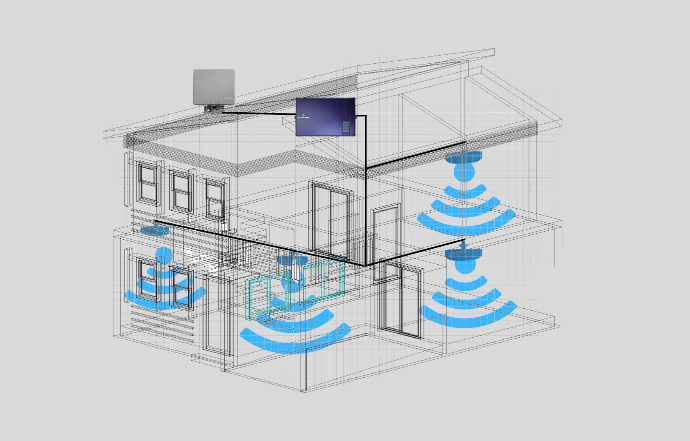Repeaters 101: What is a repeater? How do repeaters work? When Should I install a repeater?

What is a repeater?
.png)
A Repeater is an electronic device that captures a mobile signal from a nearby base station, amplifies this signal, and broadcasts it to the location (house, small office, or building) where the signal reception is weak.
Nowadays, communication has to be accessible everywhere 24/7. Reality check, this is not the case. Often mobile phone users experience poor cellular connectivity, dropped calls, or slow download and upload speeds, especially in indoor locations.The availability of indoor and outdoor coverage is the main requirement to reach the best customer experience.
RF repeaters are commonly used in different environments such as buildings, schools, stores, and offices to improve cell signal coverage in Blind spots. Typical blind spots can be buildings or isolated outdoor areas where the signal coverage or in-building signal penetration is insufficient.
Different factors directly impact the signal quality in a specific area, including the distance to the cell tower, environmental elements such as mountains or trees, and the building materials (metal, concrete, glass, etc.).
When Should I install a repeater?
Coiler Repeaters have emerged as an effective solutions for operators and system integrators seeking to eliminate dropped calls and bad cell reception for spaces between 100 and 20,000 sq meters.
The choice between a repeater and traditional RBS (Radio Base Station) equipment depends basically on how much traffic that can be expected. A RBS adds capacity as well as coverage, whereas a repeater only adds coverage. A repeater can be justified when the traffic demand is low, as costs for a repeater site are substantially lower compared with a traditional RBS. Moreover the rapid implementation time of a repeater can offer a quick solution to a coverage complaint, basically due to the simplicity of the implementation.
Benefit of Coiler Repeaters
• It can be applied Multitechnology on a single hardware unit.
• One single unit supported for Multi-Systems, Multi sub-bands, Band Selective, Channel Selective, and able to upgrade (additional sub-bands and bandwidth) in future.
• One single unit is supported for future bandwidth re-allocation and channel shifting.
• All configuration/reconfiguration can be easily through a software interface
How does a repeater work?
.jpg)
Outdoor Antenna – Need to be Installs on the exterior of the building in a spot that receives the strongest and stable signal from the cell tower.
.gif)
Signal Booster – receives RSSI signal from the outdoor antenna, amplifies the signal, and re-transmit to the indoor antenna or antennas.
.jpg)
Indoor Antenna(s) – Are distributed and installed inside of the building blind spots. Depending on building size, multiple indoor antennas and/or repeaters might be needed to fully enhance the coverage of the whole site.